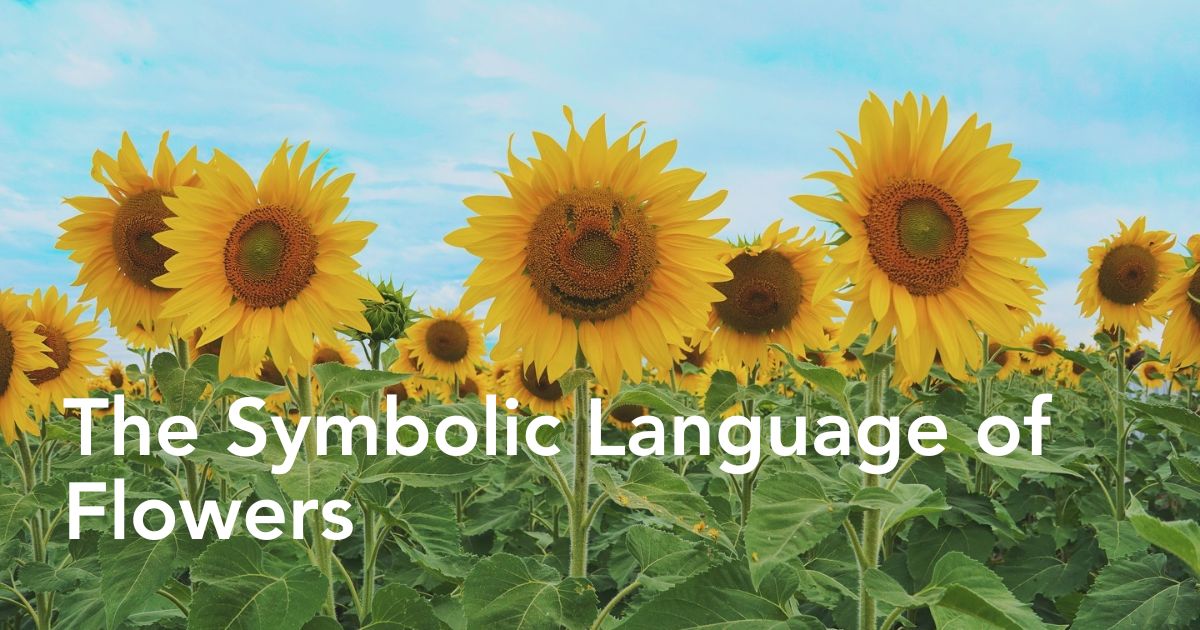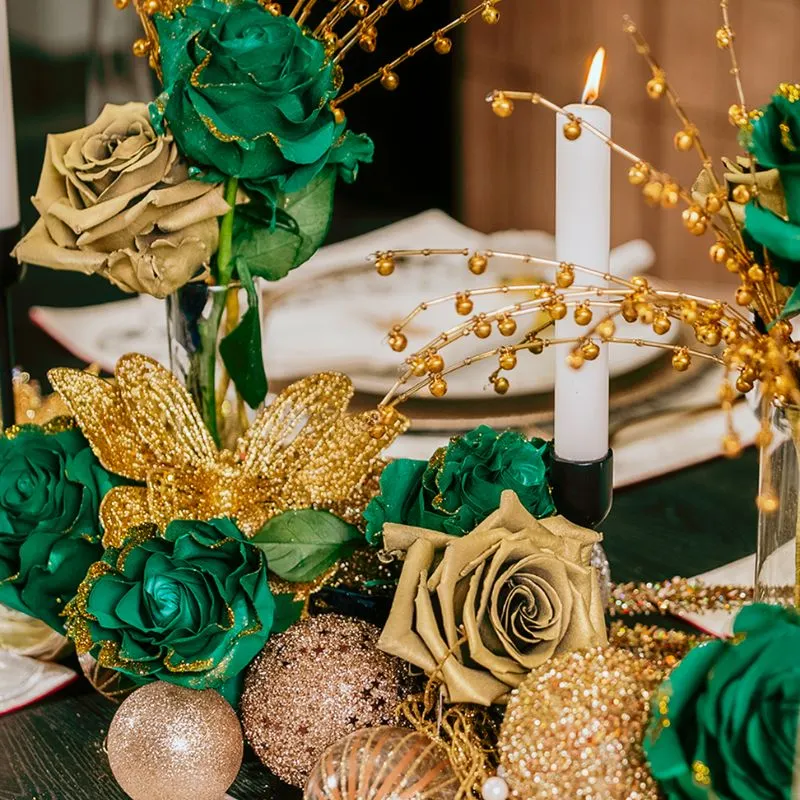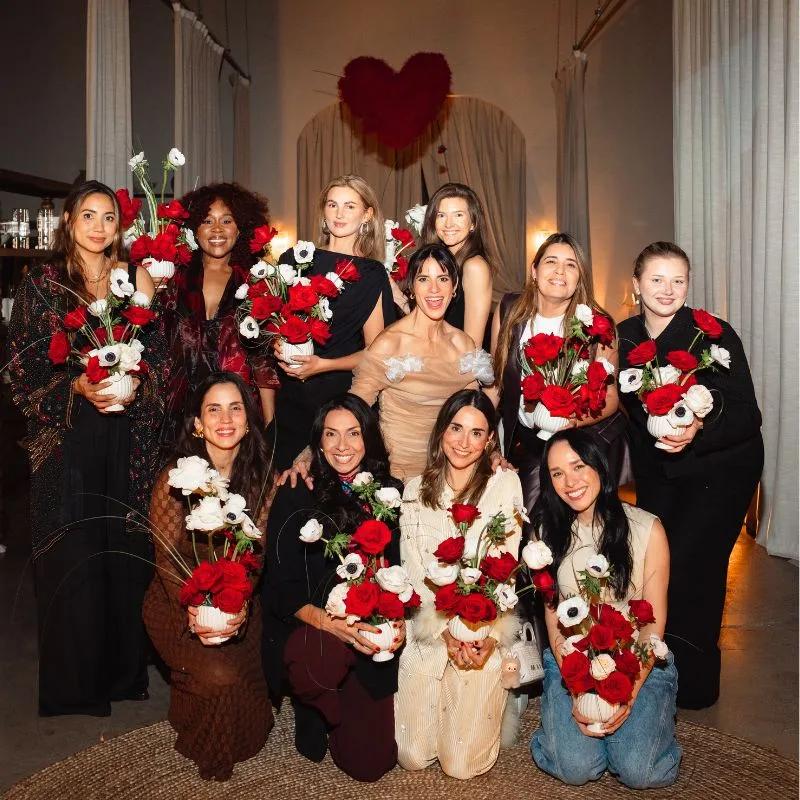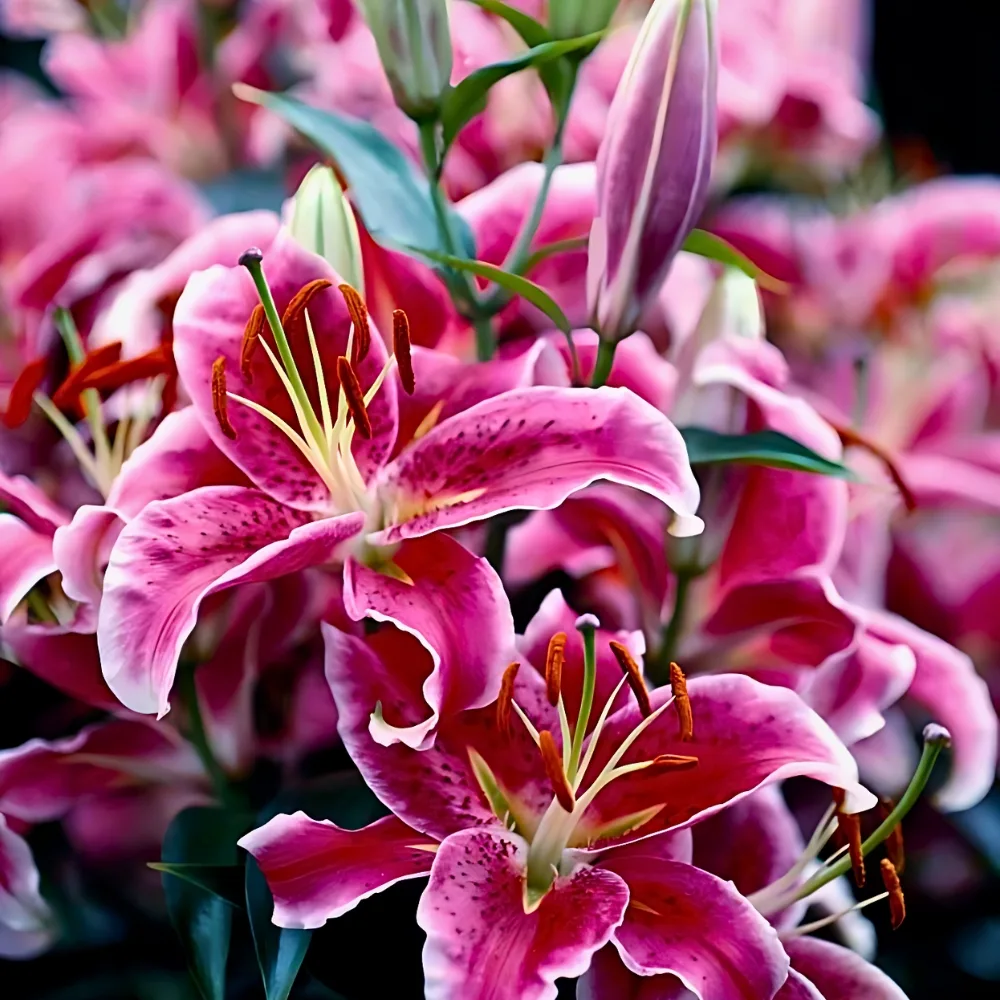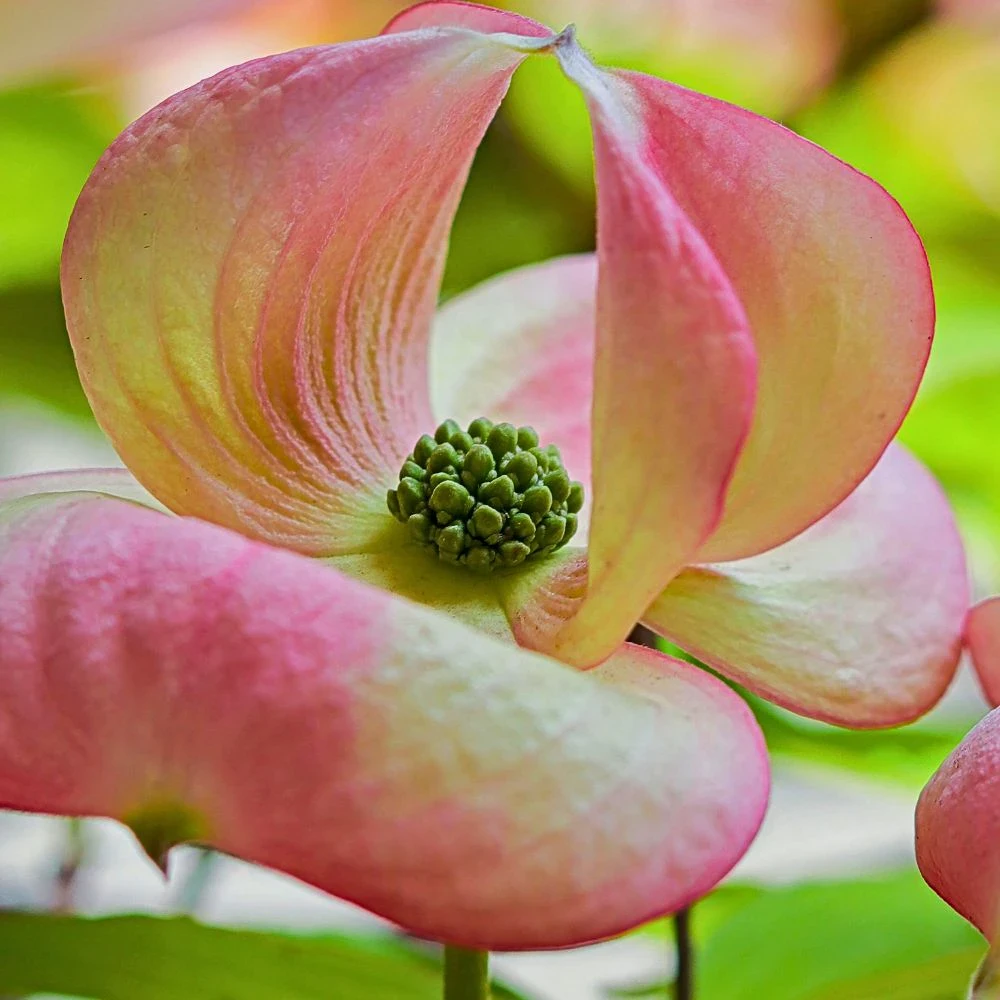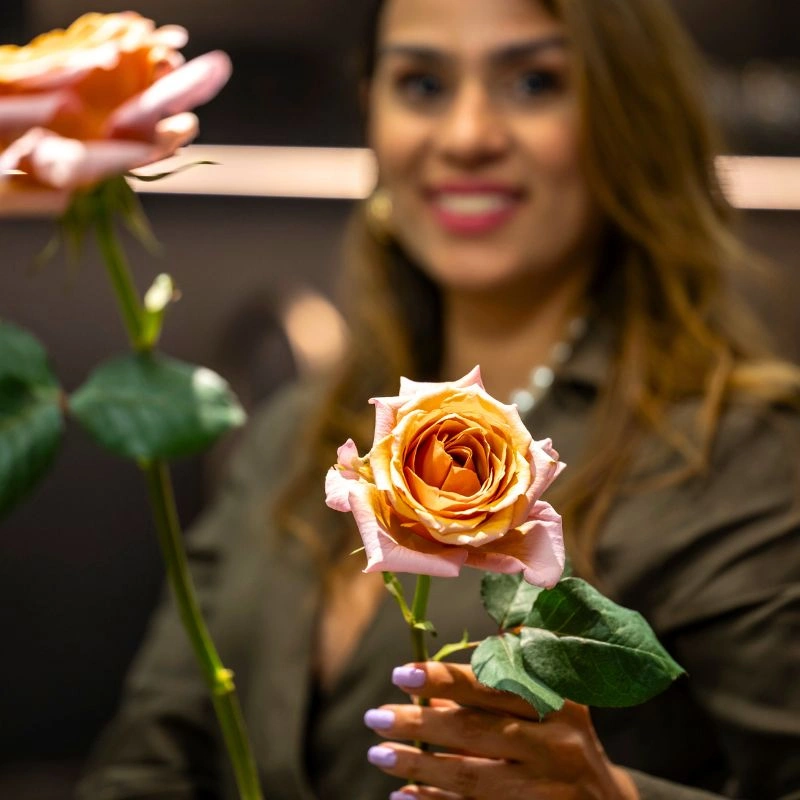The language of flowers, also known as floriography, is a centuries-old tradition that originated in the Ottoman Empire and later spread to Europe and the Western world. During the Victorian era, when direct communication was often discouraged, people began using bouquets and individual flowers to convey hidden messages and emotions. Each flower was imbued with a specific meaning, allowing individuals to express themselves subtly and elegantly without words.
For instance, in the past, the symbolic language of flowers became a way for lovers to communicate their feelings, for friends to send coded messages, and for families to mark important occasions. The practice of floriography reached the height of its popularity in the 19th century, but its influence can still be seen in modern-day gift-giving and personal expressions.

Understanding the Meaning Behind Different Flowers
At the heart of floral communication lies the rich symbolism associated with various flowers. Each bloom has its unique meaning rooted in mythology, cultural traditions, or personal associations. Here are some of the most common flower meanings:
- Roses: Love, romance, and passion
- Lilies: Purity, innocence, and rebirth
- Sunflowers: Adoration, loyalty, and longevity
- Daisies: Innocence, loyalty, and purity
- Carnations: Love, fascination, and pride
- Tulips: Perfect and enduring love
- Orchids: Beauty, luxury, and strength
- Lilacs: First love, youthfulness, and innocence
- Peonies: Bashfulness, romance, and prosperity
- Chrysanthemums: Fidelity, optimism, and joy
By familiarizing yourself with the symbolic meanings of different flowers, you can create thoughtful and meaningful floral arrangements that convey your desired message. You can also read about Blue Flower Meaning
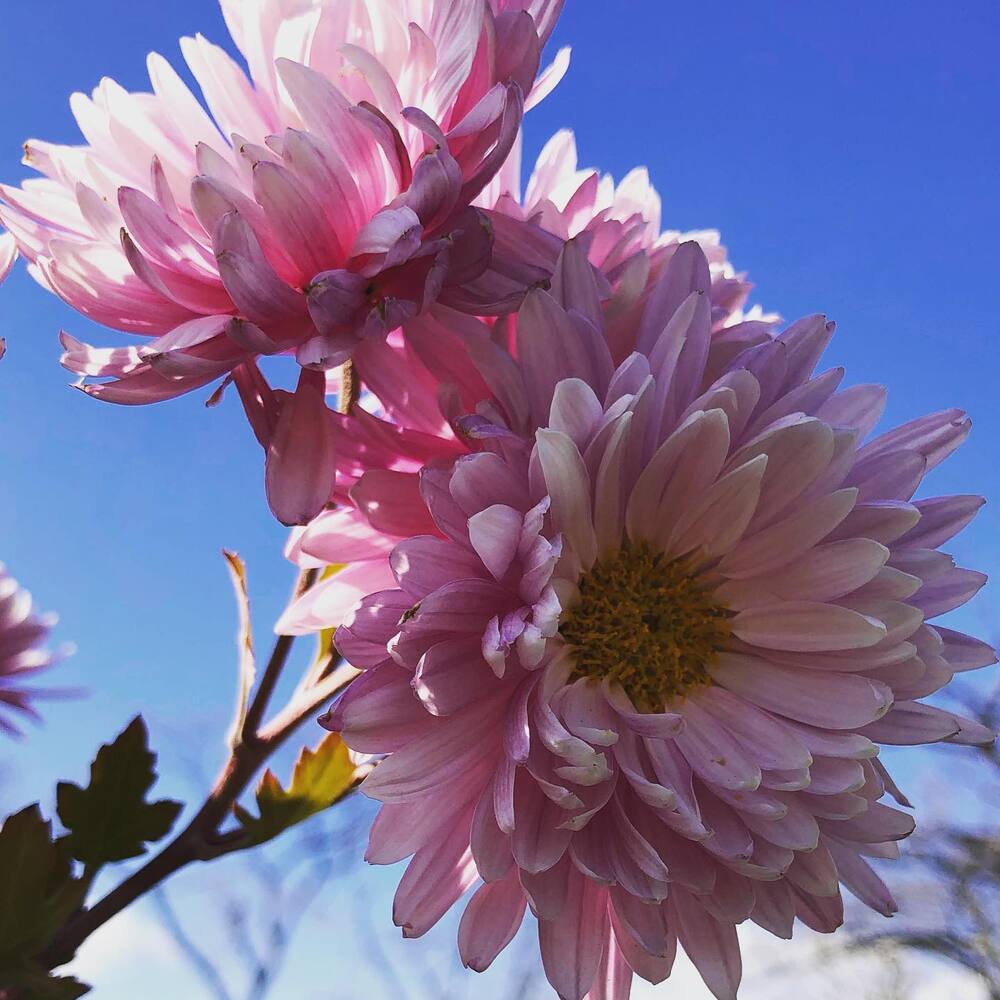
6 Ways of Using Floral Language for All Life Occasions
Now, let’s look at what flowers to use during which moments in more detail.
- Expressing Love and Romance Through Flowers. Flowers have long been a symbol of love and romance. For example, a bouquet of red roses conveys a passionate declaration of love, while a single white rose can symbolize the purity and innocence of a new relationship. To express your love, consider incorporating a mix of flowers that complement each other, such as red roses, white lilies, and pink carnations. This arrangement can convey a message of deep love, purity, and appreciation. Alternatively, you can opt for a more whimsical and playful arrangement, using flowers like sunflowers and daffodils to express your joy and happiness.
- Conveying Gratitude and Appreciation Through Flowers. Flowers can also be a powerful way to express gratitude and appreciation. A simple bouquet of yellow roses or chrysanthemums can convey your sincere thanks and admiration for someone special in your life. If you want to show your appreciation for a mentor, colleague, or friend, consider a more formal arrangement, such as a bouquet of irises or orchids. These flowers symbolize respect, admiration, and a deep appreciation for the recipient's accomplishments or contributions.
- Sending Messages of Friendship and Happiness with Flowers. Flowers can also be used to celebrate the bonds of friendship and convey messages of happiness. A cheerful arrangement of sunflowers or daffodils can be the perfect way to brighten someone's day and let them know you're thinking of them. For a close friend, you might choose a bouquet of pink carnations or peonies, which represent the warmth and affection of your relationship. These flowers can be a thoughtful way to congratulate a friend on a milestone or simply let them know you value their friendship.
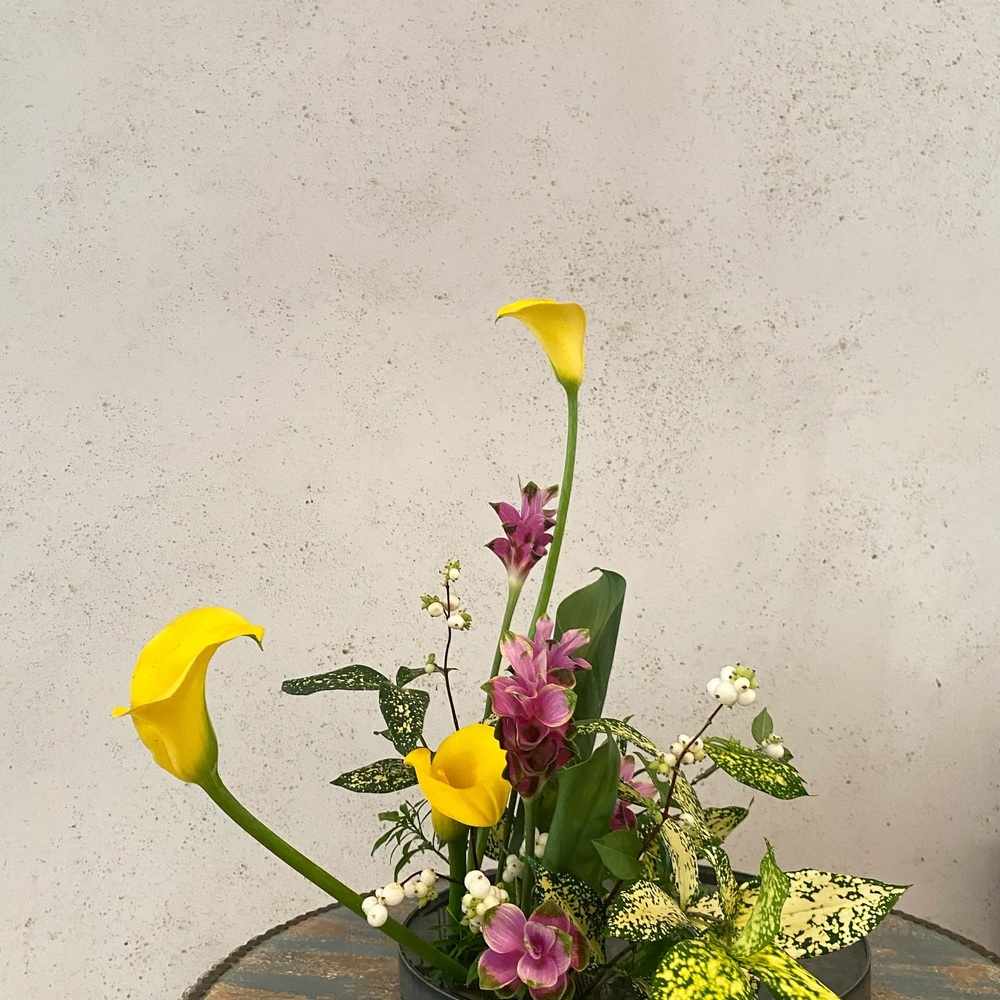
- Expressing Sympathy and Condolences Through Floral Arrangements. In times of grief and loss, flowers can be a comforting and meaningful way to express your sympathy and condolences. White lilies, for example, are often associated with reverence and majesty, making them a fitting choice for a funeral or memorial service. Alternatively, you might choose a more personal arrangement that reflects the unique qualities of the individual being honored. For example, a bouquet of the deceased's favorite flowers can be a touching and personalized way to pay tribute.
- Using Flowers to Apologize or Make Amends. Flowers can also be a powerful tool for apologizing or making amends. By carefully selecting blooms that represent your regret and desire to make things right, you can convey your sincerity and heartfelt remorse. For instance, a bouquet of pink carnations, which symbolize remorse and a desire to make peace, can be a thoughtful way to apologize and seek forgiveness. Alternatively, you might choose a mix of flowers that represent your commitment to learning and growing from the experience, such as irises for wisdom and daffodils for new beginnings.
- Celebrating Milestones and Special Occasions with Flowers. Flowers are a natural choice for celebrating milestones and special occasions. For a birthday celebration, consider a vibrant bouquet of sunflowers or chrysanthemums to convey your wishes for joy and happiness. For an anniversary, a classic arrangement of red roses or a mix of peonies and tulips can symbolize the enduring love and commitment you share.
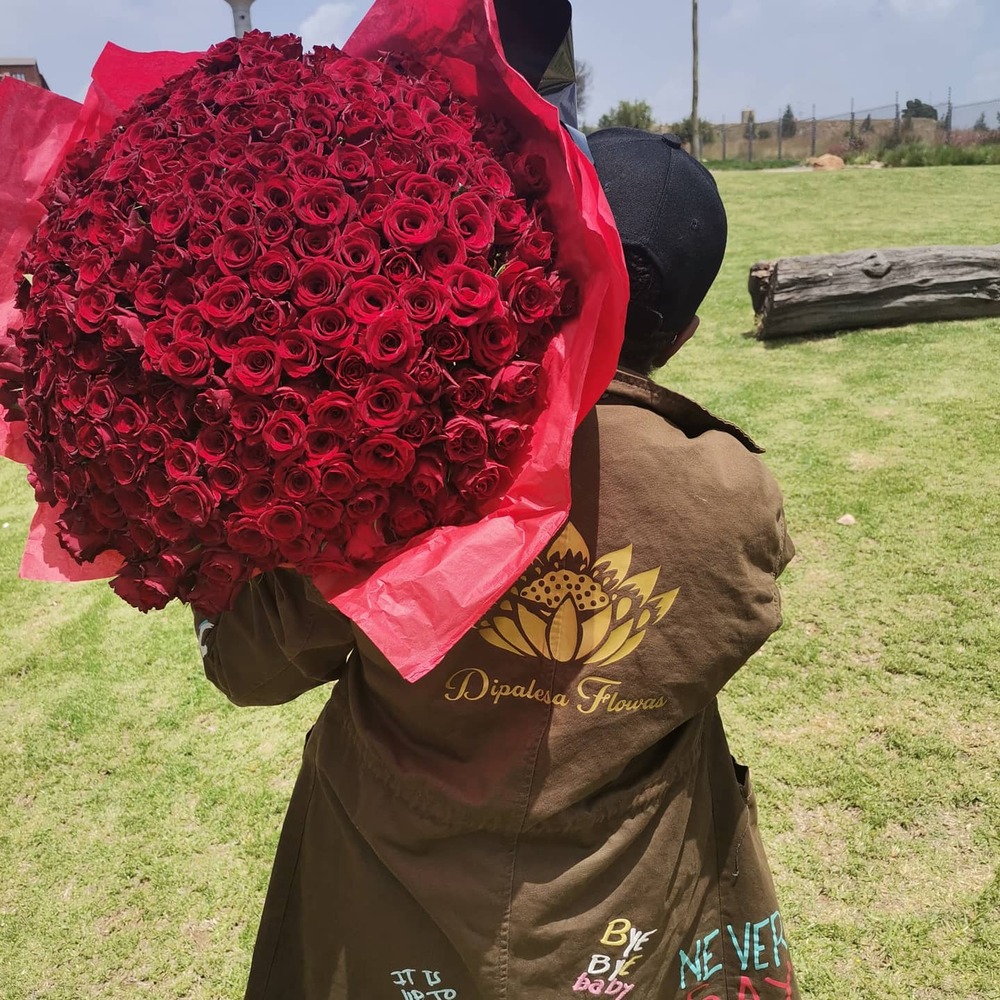
Naturally, you don’t always need flowers to communicate. If you want to invite your friend for a movie night or there is some problem with your college assignment, it’s enough to say, “I want you to write my essay today and get the result you want. But when it comes to more memorable occasions, understanding the language of flowers can open up a whole new world of expressive possibilities.
Tips for Incorporating Flower Language Into Everyday Life
Incorporating the language of flowers into your everyday life can be a simple and rewarding way to connect with those around you. Here are a few tips to get you started:
- Keep a small bouquet of your favorite flowers on your desk or in your home to brighten your day and remind you of their symbolic meanings.
- When giving a gift, consider including a small card or note explaining the significance of the flowers you've chosen.
- Surprise a loved one with a spontaneous floral delivery, accompanied by a personal message that reflects your feelings.
- Incorporate flower language into your daily communications, such as using flower emojis or references in your emails or text messages.
Embrace the power of floral communication and let your feelings bloom with the help of this guide. Start exploring the language of flowers today and discover new ways to connect with the people in your life.

